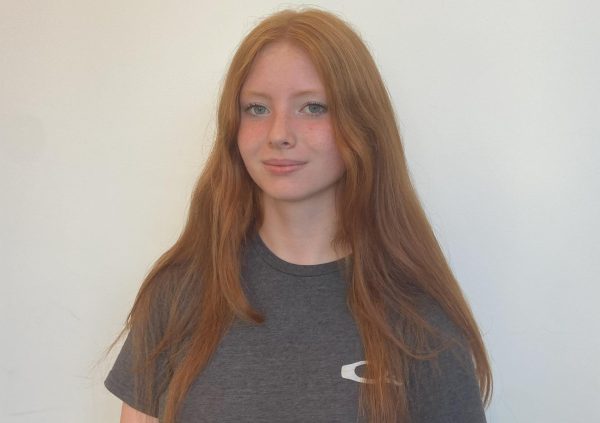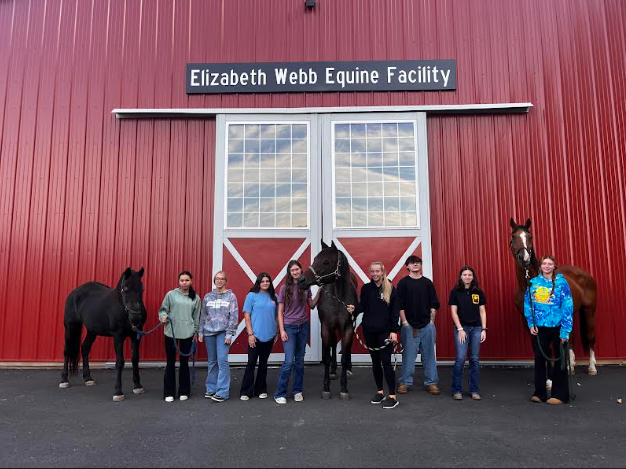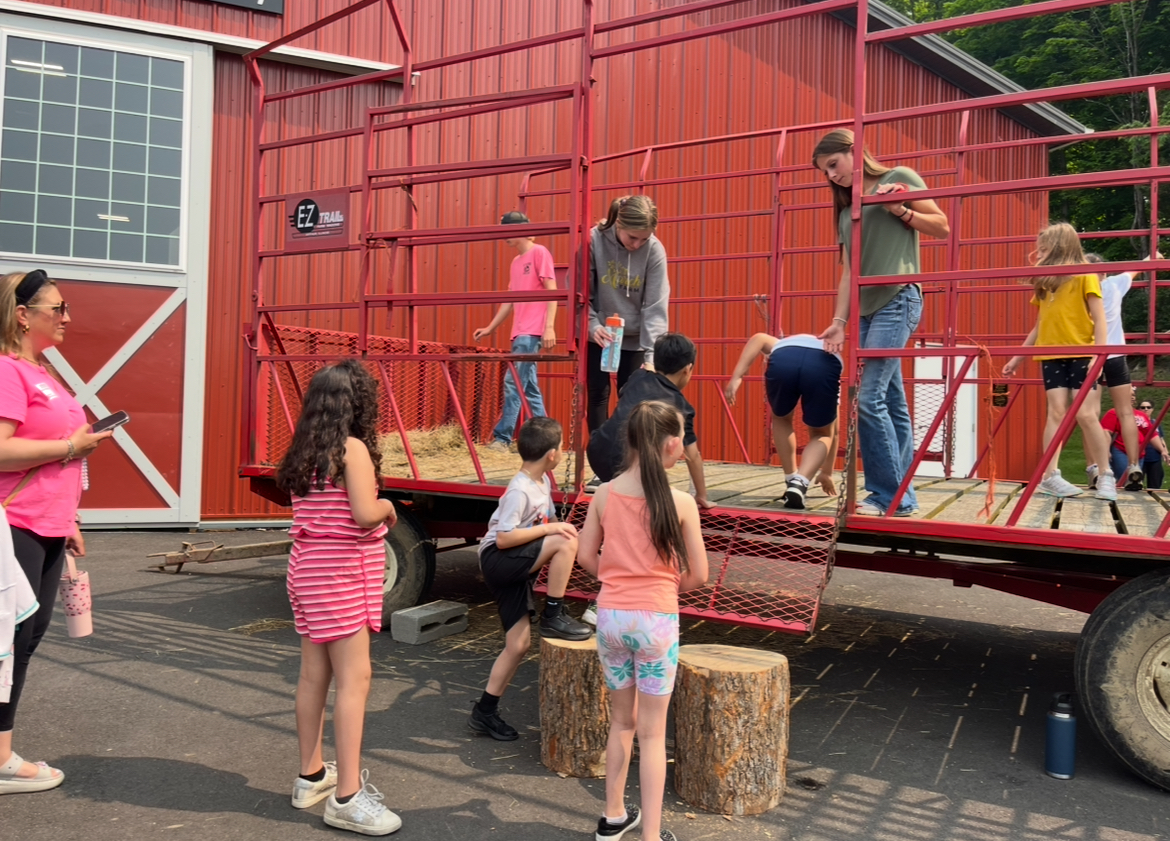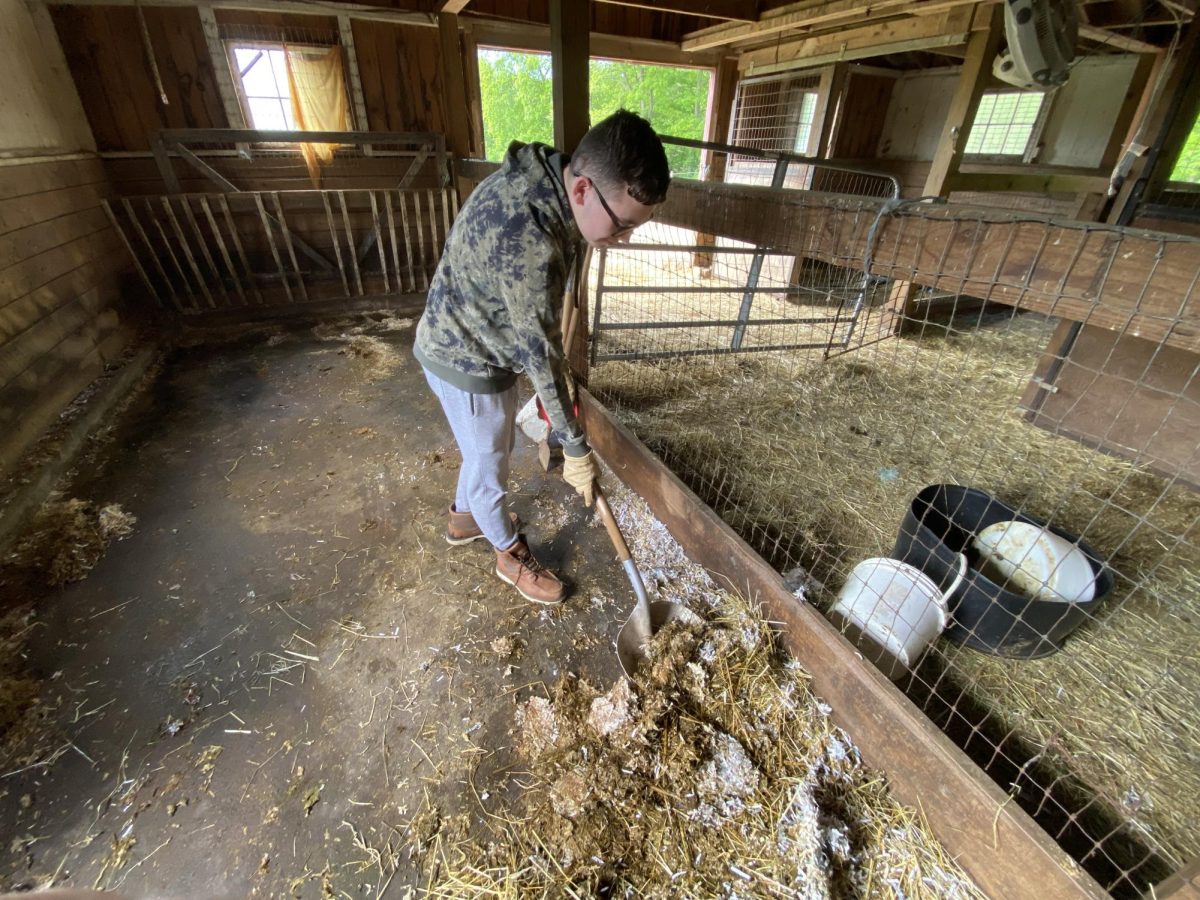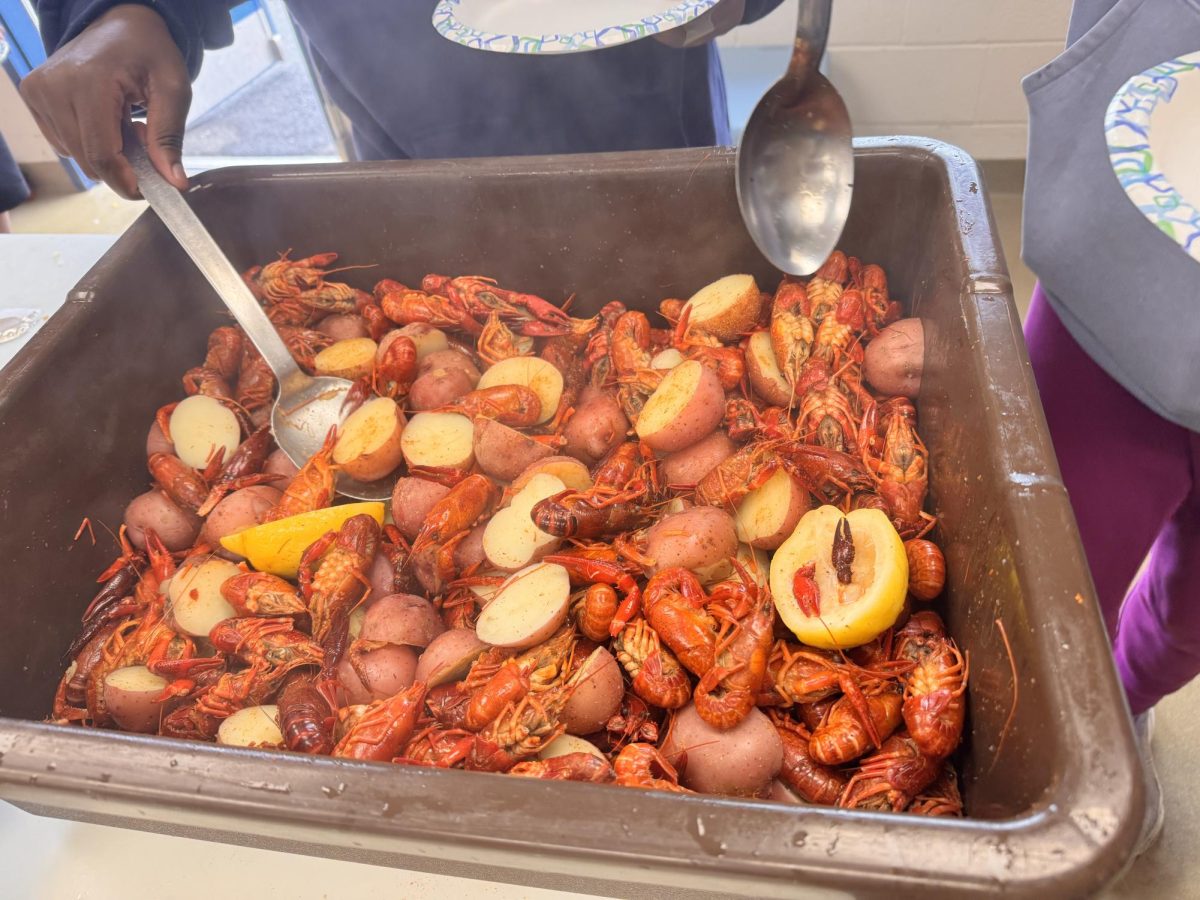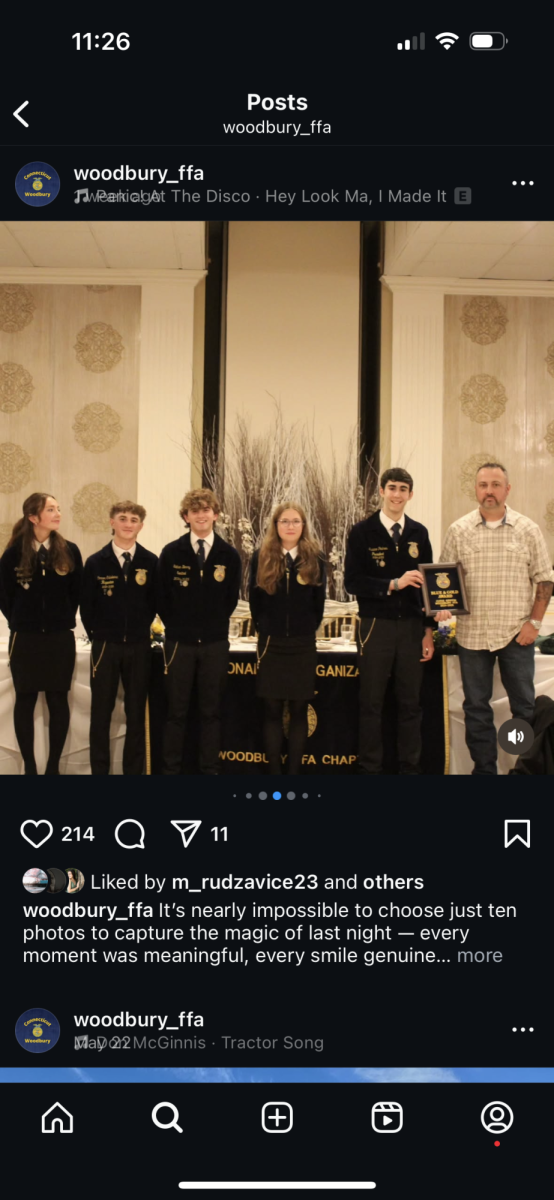WOODBURY — The aquaculture class has been a staple of the Woodbury FFA program for more than 10 years, adding diversity and a landmark hands-on course for Nonnewaug High School. The aquaculture program has focused on river fishing, local river ecosystems and aquaponics, and the growing of plants using fish.
Now, along with those experiences, there will be some major additions to the program.
One of the first experiences in the course included the beginning of renovations on the aquahouse, changing the program’s space from being compacted to being handicap-accessible and an open learning space.
“Moving forward with the aquahouse, our large system in the back,” said aquaculture teacher Leanne Golembeski, “what we did is we reduced it from six tanks to four tanks.”
In addition to adding more space to the classroom, the renovations also replaced faulty hardware in the classroom, making sure all tanks were up to date on safety.

“We are redoing all of the piping just because some of it is old, some of it was just done in a different way than I think we should have done initially,” said Golembeski. “So then that way when we are re-doing it, we can glue it correctly. We know exactly how things are moving; that way it prevents as many leaks as it can.”
With the students working harder than ever, Golembeski gave insight on what is happening behind the scenes.
“Workwise, it’s taken since the beginning of the school year to get where we are now, hopefully we will actually be finished up within the next few weeks,” said Golembeski. “The junior, senior Class has been putting a lot of hard work into it [the aquahouse]. With the reduction of those tanks is actually giving us the flexibility to kind of reorganize the green house.”
New tanks will also allow the class to expand the variety of fish in the program.
“We’ve been able to set up more singular tanks, so with the more singular tanks, I’m hoping to possibly get catfish this year,” Golembeski said. “This will give us the opportunity with the single tanks to have more diverse species in the aquahouse, which is exciting.”
Other students in the aquaculture program share the same positive attitude about the new additions coming into the classroom.
“I’m very excited about the chance for new species to come into the aquahouse,” said aquaculture student Lana Manganello. “It’s an amazing experience to learn new skills that you wouldn’t learn otherwise.”
As much as change is good, Golembeski assures students that the current topics and projects they are working on are not going anywhere.
“Nothing is being taken out of the program that’s already in place; we are just simply adding to our amazing program,” said Golembeski.
Aquaculture has always had a goal of looking to the future; whether that’s in farming or in protecting the environment, there is always a vision of looking ahead. Now, that focus is in the classroom. With the talk of new marine aquariums, it has the rest of the program wondering what they will harbor.
“With the corals, we are going to start small,” said Golembeski. “We need to work on water quality. Everyone needs to learn about salinity and all of the different water quality aspects that need to go into it.”
It’s clear that the students also are ecstatic about saltwater tanks, as it is a completely new area to cover compared to what the program had to offer before.
“At Nonnewaug we’ve never done anything with marine [life],” said Golembeski. “We’ve never done saltwater tanks to the fullest, so it’s going to be a learning process for everyone. The students and I are going to learn together.”
One of the main concerns coming from the students of the program is that the water quality and salinity levels are much different than the other freshwater tanks the class had been working on.
“We are going to start on smaller classroom tanks,” Golembeski said. “Once we are able to be more confident in taking care of those [corals] and we know how to fix any fluctuations in salinity or water quality, what we will do is we will start with corals and by the end of the year we will be able to slowly grow into more marine life and marine fish.”
With hard work and dedication, students in aquaculture take much pride in their projects, making sure each fish tank and each student is held up to an expectation of putting all of their effort, leadership skills, and problem solving into every project.
“I feel like this is going to be an amazing opportunity to learn more about fish because we have been doing so much work with freshwater fish,” said Manganello. “We need to learn how to deal with different environments and the challenges that come with it.”





